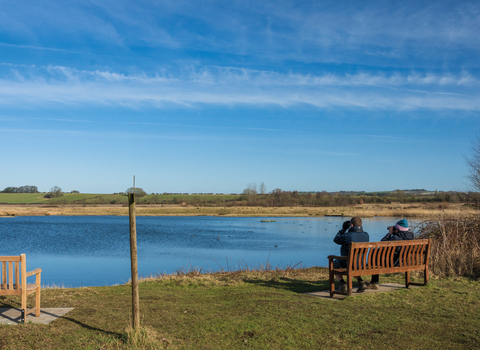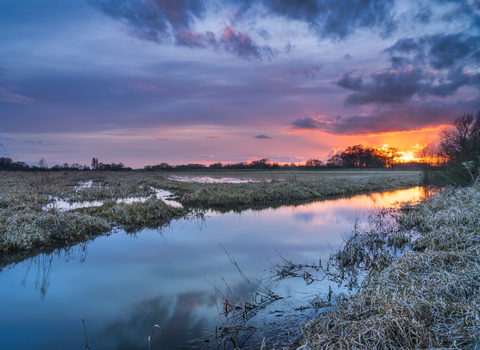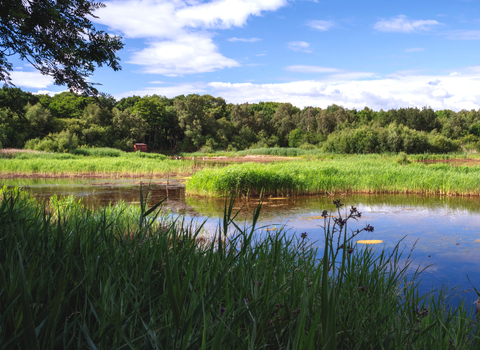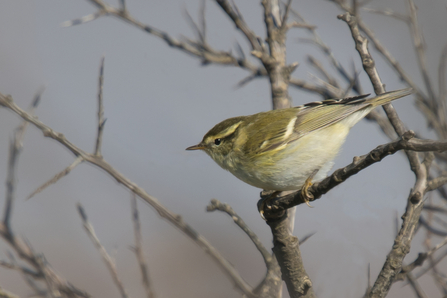Most people are pretty familiar with the idea of migration. Animals make epic journeys that can cross countries and even continents. Many of these are seasonal, driven by changes in weather, temperature and the amount of daylight. All sorts of animals migrate, from hoverflies to whales, but it's birds that really bring migration to life. Through them, we can see migration in action, visibly unfolding in the air above us.
Various birds are on the move throughout the year, but spring and autumn bring the biggest changing of the guard. In autumn, our summer visitors are leaving, heading south in search of a warmer climate. They’re replaced by winter wanderers, fleeing the harsher weather of northern and eastern Europe.
Migration in action
Autumn is a great time to look for birds on the move. Migrating birds regularly follow features in the landscape, allowing you to stand and stare in awe as flocks fly above your head. Coastlines often produce spectacular movements as birds don’t want to fly above the sea, so they funnel along the edge of the land. But birds can also follow rivers, pass through valleys, or along the borders between different habitats.
The art of watching and recording these movements is known as visible migration, or ‘vismig’. With the right vantage point and weather conditions, vismig can be enjoyed just about anywhere – including in the heart of towns and cities! Get in touch with your local birdwatching group, or do a bit of research, and you can probably find a reliable site nearby.
October brings flurries of finches and thrushes, arriving from the continent. Ducks, geese and swans are also on the move. They migrate in noisy groups, constantly calling to each other to make sure they stay in formation. These calls are often what give them away. Listen out for the ‘ink ink’ of pink-footed geese or the trumpeting of whooper swans, drawing attention to the birds flying high overhead in v-shaped flocks.







